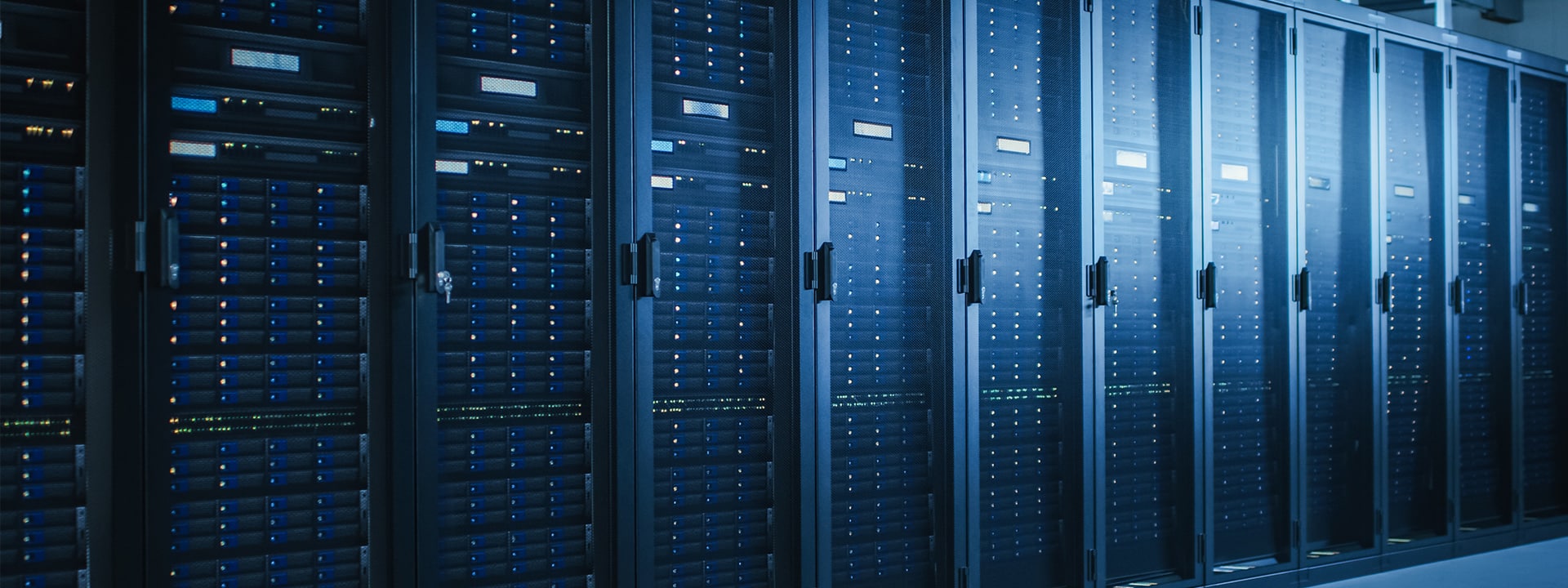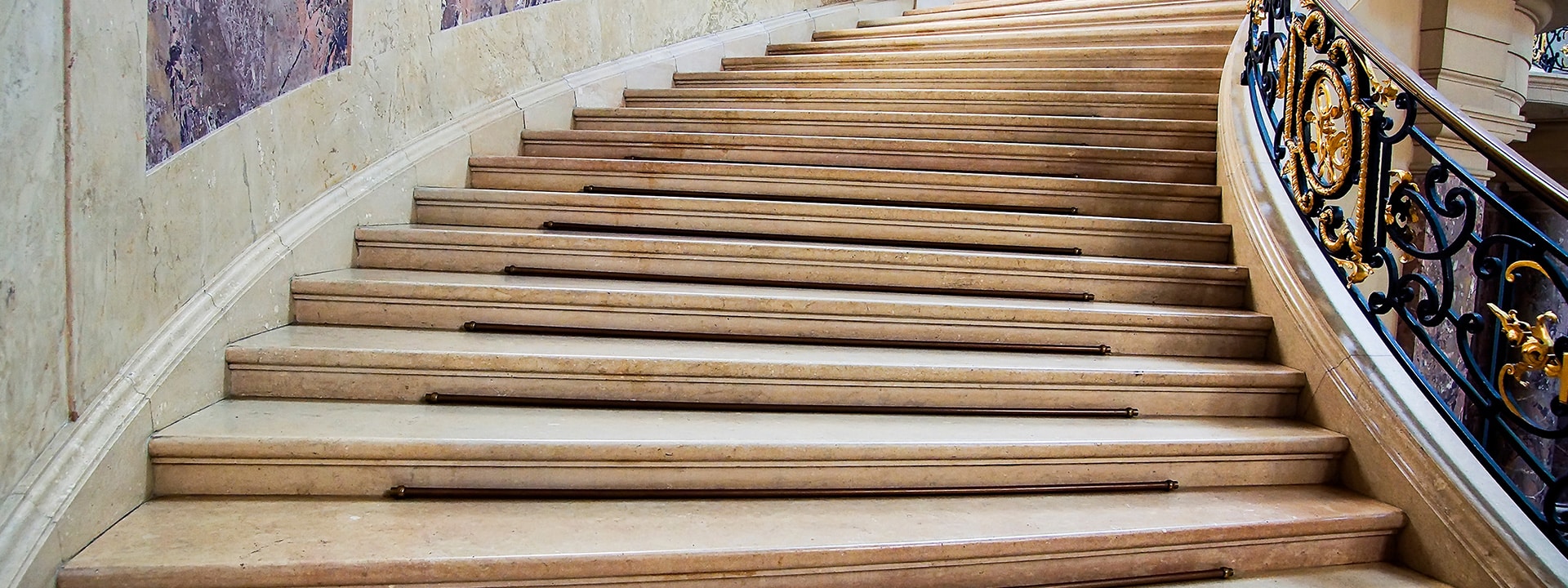Houdart Audit & Conseil has a long-standing experience serving clients in the art market, including artists, galleries, curators, auctioneers, designers, photographers, and more. We offer personalized and technical support, leveraging our sector-specific knowledge in tax and social security matters.
Houdart A&C’s expertise as an accountant for artists and creators
Houdart A&C has several clients in the broad field of artists, including designers whose creations are not recognized as works of art for tax purposes, photographers, sculptors, painters, illustrators, and related fields. We have a perfect knowledge of the daily challenges our clients face in accounting, tax, and social security matters.
We assist our clients in managing their accounting, when they are under an actual taxation regime , filing their periodic and recurring tax returns, reporting their social security contributions, and preparing their employees’ pay slips if any.
Characteristics of artists and creators
Your income is generated by the transfer to a third party of the exploitation rights on the work (reproduction or representation right), the sale of original works (signed prints, limited to thirty copies, regardless of the format and the support for a photograph), the renting of works, author rights related to the exploitation of the works (reproduction or distribution), etc. These revenues may be subject to significant fluctuations, accentuated by variations in your social security contributions as a self-employed worker, making cash flow management critical.
Artists-authors’ income is subject to the Non-Commercial Profits (NBC) tax system. Under certain conditions, you benefit from a reduced rate of VAT and numerous tax provisions specific to the artistic field.
The management of the specific social security regimes for all artists and authors, which previously under the authority of AGESSA or the Maison des Artistes, has been grouped within the URSSAF-Artistes-Auteurs entity of URSSAF Limousin.
We are familiar with the social and tax particularities linked to your activity, which ensures that our clients comply with fiscal, social, and accounting obligations and our services to adopt the best accounting and tax options.
The social status of artists‑authors
The social organizations of artist-authors
The management of the specific social schemes for all artists and authors, previously under the responsibility of AGESSA or the Maison des Artistes, has been consolidated within the URSSAF-Artist-Author entity of URSSAF Limousin.
The Social Security system for artist-authors (formerly known as Maison des artistes and Agessa) continues to carry out missions related to the affiliation of artist-authors and information on their social protection.
IRCEC is responsible for collecting complementary pension contributions based on the contribution rates provided by URSSAF.
Social security schemes for artist-authors
The social security contributions for artist-authors are relatively favorable compared to the regular scheme.
For income declared as salaries, the social security contribution base corresponds to the gross amount of your income declared to URSSAF, excluding taxes.
For BNC (non-commercial profits) income subject to the real regime (which requires accounting records), the contribution base is the profit from BNC, increased by 15% if it is a profit, in accordance with the social security code. The social security contributions rate is about 16% and reaches about 24% when the income is subject to supplementary pension.
Under the micro scheme, the social security contribution base corresponds to the amount of revenue declared to URSSAF, on which a flat rate reduction of 34% is applied (like any micro-BNC), then increased by 15% (like for actual regime artist-authors). The contribution rate is about 16%.
The withholding tax
For income declared as salaries, the distributors (publishers, producers, and Collective Management Organizations) pre-collect social security contributions at the time of payment and directly pay the amounts to URSSAF. The distributor must provide a pre-collection certificate of contributions.
For income declared under the BNC regime, under actual taxation regime or under micro enterprise tax regime, there is withholding tax exemption, and the artist-author pays the social security contributions directly to URSSAF.
The Distributor Contribution
The exemption from withholding tax on BNC income does not exempt the distributor from the contribution that must be paid directly to the Urssaf..
Indeed, galleries, antique dealers, second-hand dealers who trade in artists’ original works, but also local authorities, commercial companies, and associations that acquire the right to reproduce an original work are distributors.
As such, they must pay a contribution to the Social Security system of 1% of the gross remuneration paid to the artist, as well as a contribution to professional training at a rate of 0.10%.
Tax regimes applicable to artist-authors
Artist-author in micro-enterprise
The artist whose gross income does not exceed the threshold of 72 600 euros tax excluded, will have his incomes taxed under the non-commercial profits micro-enterprise regime and does not have to establish accountancy nor of tax return. His income, without applying any deduction of expenses, is directly reported in the appropriate box of his income tax return. A deduction of 34% of the turnover is then applied to the operating expenses and the remaining 67% is taxed according to the progressive income tax rates.
Artist-author and regulated reporting regime.
An artist whose non-commercial income (revenue, not profit) exceeds €72,600 (excluding tax) must establish an annual accounting and tax return (Cerfa 2035). If the income is below this threshold, the artist may, like any individual BNC enterprise, opt for the actual declared income regime.
This is particularly advantageous when:
- the professional expenses really incurred by the influencer to release his activity incomes exceed the 34% flat-rate deduction of the micro regime,
- The artist has incurred a loss that cannot be offset against other income without being subject to the actual declared income regime.
In the case of regulated reporting regime, the taxpayer is taxed on the actual profits earned. This implies the keeping of a BNC accounting by an expert accountant accustomed to this type of activity, such as the Houdart A&C firm.
Company
If the artist has created a company subject to corporate income tax (CIT), the tax-opaque company wll be taxed on its own profits, while the artist’s remuneration, deductible from the company’s profits, will be declared and taxed under the category of wages and salaries on his income tax return.
VAT rates applicable to the artist’s productions
VAT exemption thresholds
The VAT exemption thresholds differ from those for micro-enterprises.
For artist-authors, the VAT exemption threshold regime (Article 293B of the French General Tax Code) applies if the turnover is less than €44,500. In case of exceeding the threshold, a tolerance allows you to keep the VAT exemption regime during the year of exceeding, provided that your turnover does not exceed €54,700.
Beyond €54,700, VAT must be applied from the first day of the month in which the threshold is exceeded.
Even when subject to the VAT exemption threshold, it is possible to opt for VAT liability.
VAT rates applicable to original artist productions
The VAT rate applicable to the activity of artists subject to VAT, i.e., not covered by the exemption threshold, is the reduced rate of 5.5% for sales of original works of art in the fiscal sense (art objects or collectors’ items as defined in Annex IX of Directive 2006/112/EC) made by the author or his successors (Article 278-0 bis of the French General Tax Code).
VAT rates applicable to the exploitation of rights
The VAT rate on copyright transfers is 10% (Article 279(g) of the French Tax Code). These transfers of rights of representation, reproduction, adaptation, and remuneration for private copying in particular are part of the exploitation of the author’s property rights in exchange for received amounts.
Useful links
- CAAP union organization : http://caap.asso.fr/
Current issues about the Tax and Social Regimes for Artists
How is a work of art defined for tax purposes ?
Original productions handmade by the artist and not obtained by mechanical processes are considered orginal works of art. They can be of various types, including:
- Paintings, collages, drawings,
- Engravings, prints, lithographs,
- Statuary and sculptures,
- Tapestries and wall textiles,
- Ceramics,
- Copper enamels,
The precise definitions of a work of art for tax purposes, by type of production, are derived from Directive 2006/112/EC of 28 November 2006 and codified in Article 98 A of Annex III to the General Tax Code (CTC).
How should the artist-author declare his income from activity?
Income related to copyright paid by publishers, producers, and collective management organizations is usually declared as salary and wages income. They are subject to a deduction of social contributions.
Income from activity related to creations, sale of original works, and transfers of rights are subject to the BNC (non-commercial profits) regime from a social, tax, and legal point of view. There is no withholding tax on these BNC incomes.
If the artist’s income is below € 72 600 excluding tax, he is subject to micro-enterprise law regime. Beyond this threshold, the artist is subject to the controlled declaration regime and must maintain accounting records.
In what situation should the artist establish an accounting ?
If the artist’s income comes from sources other than wages and salaries, their income falls under the BNC (non-commercial profits) regime. If the income generated exceeds the threshold of micro-enterprises, his is subject to the regime of the controlled return and must produce an accounting record and a tax bundle (cerfa 2035).
In what situation does the artist need to collect VAT?
An artist is subject to VAT if his gross income excluding taxes exceeds the threshold for the exemption.
For artist-authors, the VAT exemption threshold (Article 293B of the General Tax Code) applies if his turnover is less than 44,500 euros. In case of exceeding this threshold, a tolerance allows them to keep the VAT exemption regime during the year of the excess, provided their turnover does not exceed 54,700 euros.
Beyond 54 700 euros, VAT must be applied from the first day of the month when the threshold is exceeded.
Even when subject to the VAT exemption threshold, it is possible to opt for VAT liability.
What is the applicable VAT rate and regime for an artist’s income ?
The reduced rate of 5.5% applies to sales of original artwork, in the fiscal sense, if the artist-author is subject to VAT. However, income derived from the exploitation of copyright is eligible for the intermediate rate of 10%.
Why choose a chartered accountant who masters the specificities of artists-authors ?
Whether you are a photographer, sculptor, draftsman, painter, or designer, your wish is to devote yourself fully and serenely to your artistic creations without having to document the technical issues specific to your profession, which are numerous in terms of accounting, tax, and legal matters. Like any entrepreneur, an artist needs the advice and support of an expert accountant who has sufficient mastery of these specificities to benefit from appropriate advice in the choice of status or in daily management, beyond the monitoring of accounting, taxation, and preparation of annual accounts.







